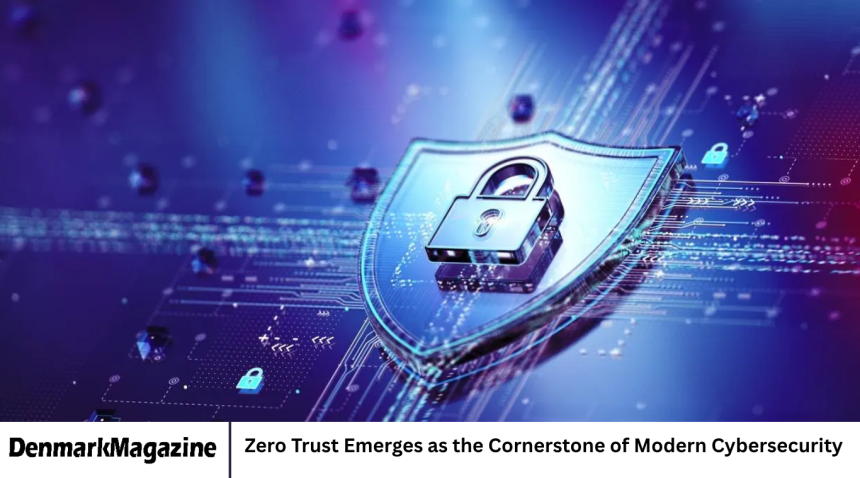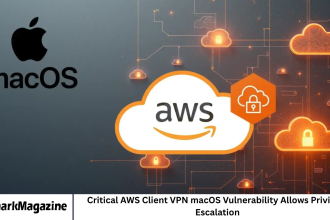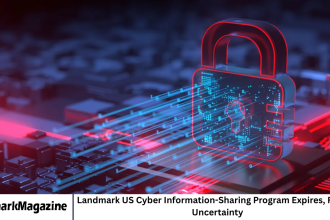In an age where cyberattacks are growing more sophisticated and persistent, traditional security models that rely on trust within network boundaries are proving inadequate. The Zero Trust framework has rapidly gained traction as the foundation of modern cybersecurity, reshaping how organizations protect their data, users, and systems.
- What Is Zero Trust?
- Why Traditional Security Models Fall Short
- The Core Principles of Zero Trust
- Implementation in Government and Enterprises
- Benefits of Adopting Zero Trust
- Challenges in Adopting Zero Trust
- The Role of Artificial Intelligence in Zero Trust
- The Future of Cybersecurity with Zero Trust
- Frequently Asked Questions
- Conclusion
Zero Trust operates on a simple but powerful principle: never trust, always verify. This approach assumes that threats can exist both outside and inside the network, making verification and continuous monitoring essential at every level of access.
As organizations increasingly shift to cloud environments and remote work, Zero Trust has become critical in safeguarding digital assets from evolving cyber threats.
What Is Zero Trust?
Zero Trust is a cybersecurity model designed to eliminate implicit trust in any user, device, or application, regardless of whether they are inside or outside an organization’s network. Instead of granting access based on location or credentials alone, Zero Trust requires continuous authentication and authorization for every access request.
The model was first conceptualized by Forrester Research in 2010 and has since been widely adopted by governments, enterprises, and cybersecurity vendors. It is now recognized as one of the most effective strategies for defending against insider threats, data breaches, and lateral movement by attackers.
At its core, Zero Trust is built on several key principles: verify every user, validate every device, enforce least-privilege access, and continuously monitor all activity.
Why Traditional Security Models Fall Short
In traditional network security models, once a user or device gains access to the network, they are often trusted to move freely within it. This perimeter-based approach worked well when data and users were confined to a single, centralized environment.
However, today’s digital landscape is far more complex. With remote work, cloud computing, and mobile devices, the network perimeter has virtually disappeared. Attackers who breach one endpoint can often move laterally through systems undetected, compromising sensitive data or critical infrastructure.
The rise of ransomware, phishing attacks, and insider threats has exposed the weaknesses of this “trust but verify” model. Zero Trust replaces this outdated concept with “never trust, always verify,” ensuring that no access is automatically granted without verification.
The Core Principles of Zero Trust
Zero Trust is not a single product or technology—it is a security philosophy that integrates several practices and tools. The framework typically revolves around three core principles:
Continuous Verification
Every access request, whether from a user or device, must be verified based on multiple factors such as identity, location, device health, and behavior. Verification is not a one-time event but an ongoing process that ensures access remains secure.
Least Privilege Access
Users and devices are granted only the minimum level of access needed to perform their tasks. This limits potential damage if credentials are compromised and reduces the attack surface within an organization.
Assume Breach Mentality
Zero Trust operates on the assumption that breaches can and will occur. By constantly monitoring traffic and enforcing strict segmentation, the framework minimizes potential impact and prevents attackers from moving laterally across systems.
Implementation in Government and Enterprises
Governments and large enterprises around the world have started implementing Zero Trust architectures as part of their cybersecurity modernization efforts. The U.S. federal government, for example, has mandated agencies to adopt Zero Trust frameworks to protect critical infrastructure and sensitive data.
In the private sector, industries like finance, healthcare, and technology are leading the adoption of Zero Trust due to their heavy reliance on digital infrastructure and valuable data. Many companies are deploying identity and access management (IAM) tools, endpoint security platforms, and network segmentation to align with Zero Trust principles.
The transition requires investment in both technology and culture. Employees and IT teams must adapt to stricter access controls and continuous authentication processes, which can initially slow workflows but greatly enhance security in the long run.
Benefits of Adopting Zero Trust
Zero Trust provides several significant advantages for organizations aiming to strengthen their cybersecurity posture.
One of the main benefits is reduced attack surface. By ensuring that every user and device is verified before access, attackers face greater difficulty in infiltrating systems. Even if one account is compromised, Zero Trust limits how far the attacker can go.
Another advantage is enhanced visibility. With Zero Trust, every access request and activity is logged and monitored, giving security teams real-time insight into potential threats or unusual behavior.
Additionally, Zero Trust supports compliance with data protection laws such as GDPR and HIPAA by enforcing stricter access controls and improving audit capabilities.
Finally, the model helps organizations become more resilient. In the event of a breach, containment is faster and easier because of network segmentation and granular access policies.
Challenges in Adopting Zero Trust
While the Zero Trust model offers clear benefits, implementation can be complex and resource-intensive. One of the biggest challenges is integration with legacy systems that were not designed for continuous authentication or micro-segmentation.
Organizations may also face resistance from employees who view constant verification as an inconvenience. Balancing security with user experience is a key consideration in Zero Trust design.
Moreover, adopting Zero Trust requires a shift in mindset. It is not a one-time project but an ongoing process involving people, processes, and technology. Leadership commitment and cross-department collaboration are essential for success.
Budget constraints can also hinder adoption. Implementing advanced identity management, encryption, and analytics tools can be costly, particularly for smaller organizations. However, many experts argue that the long-term benefits far outweigh the initial investment.
The Role of Artificial Intelligence in Zero Trust
Artificial intelligence (AI) and machine learning (ML) have become vital tools in enhancing Zero Trust architectures. These technologies enable automated analysis of vast amounts of security data, helping to identify anomalies, detect threats faster, and make adaptive access decisions.
For example, AI can analyze user behavior to detect suspicious activity that might indicate a compromised account. If an employee suddenly logs in from an unfamiliar location or device, the system can automatically trigger additional authentication or restrict access.
By incorporating AI, Zero Trust can evolve beyond static rules and become a dynamic, self-improving defense system capable of adapting to emerging threats.
The Future of Cybersecurity with Zero Trust
Zero Trust is increasingly seen as the future of cybersecurity, especially as organizations continue to expand their digital footprints. The shift to cloud computing, remote work, and hybrid environments makes perimeter-based defense obsolete.
In the coming years, Zero Trust is expected to become the global standard for securing enterprise networks. Governments and industry regulators are likely to include Zero Trust principles in compliance requirements and best practice frameworks.
As the model matures, it will continue to evolve through automation, AI integration, and advanced identity verification technologies like biometrics and behavioral analytics.
Frequently Asked Questions
What is the Zero Trust security model?
Zero Trust is a cybersecurity framework that assumes no user or device should be trusted by default, requiring continuous verification before granting access.
Why is Zero Trust important?
It protects organizations from both internal and external threats by ensuring that access is always verified, reducing the risk of data breaches.
How does Zero Trust differ from traditional security?
Traditional models trust users inside the network perimeter, while Zero Trust verifies every access attempt regardless of location or device.
What are the main principles of Zero Trust?
The core principles include continuous verification, least privilege access, and the assumption that breaches can occur at any time.
Can small businesses implement Zero Trust?
Yes, small businesses can adopt Zero Trust gradually by starting with multi-factor authentication, endpoint protection, and access control policies.
Does Zero Trust affect user experience?
Initially, users may notice more frequent authentication requests, but modern tools streamline this process through adaptive and contextual verification.
Is Zero Trust a product or a strategy?
Zero Trust is not a single product — it is a holistic security strategy that combines multiple technologies and policies to protect digital environments.
Conclusion
Zero Trust has redefined the way organizations think about cybersecurity. By eliminating implicit trust and enforcing continuous verification, it provides a robust defense against both external and internal threats.
In a world where digital threats are constant and boundaries are blurred, Zero Trust is not just an option — it is a necessity. Organizations that embrace this model are positioning themselves for a safer and more secure digital future.









